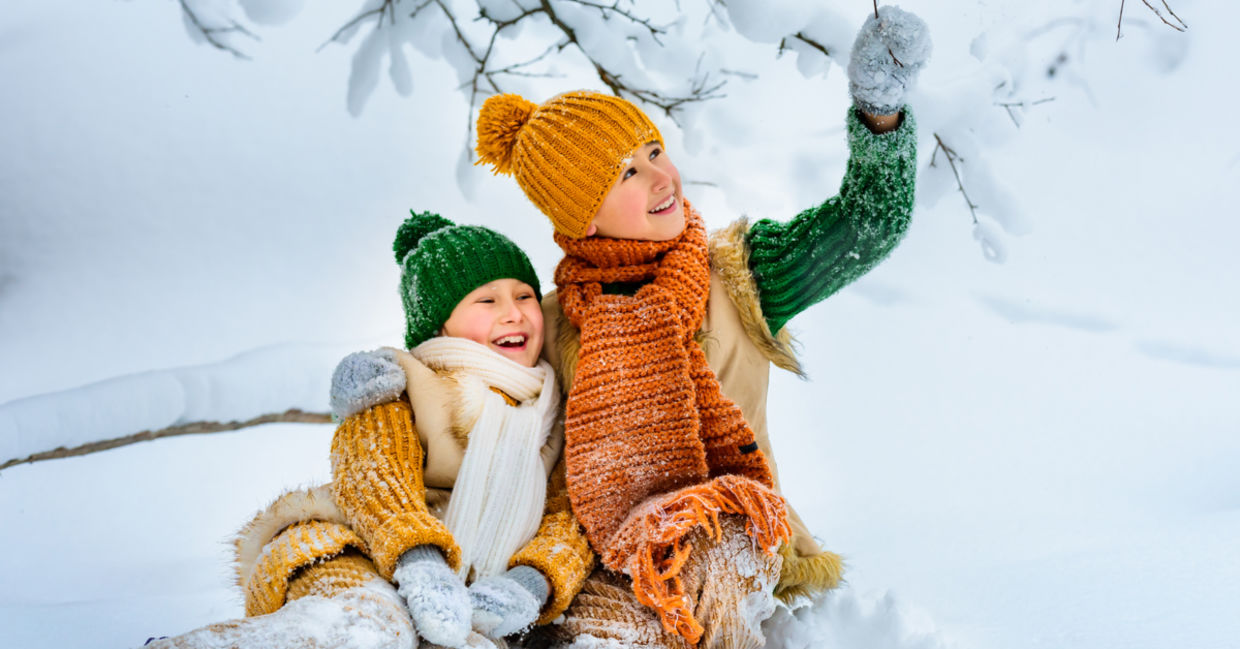
(Olya Humeniuk / Shutterstock.com)
It is cold out there! Since winter is upon us, get into the spirit and embrace the season. It may be cold, but those below-zero conditions also offer a fascinating and unique beauty.
One way of seizing this season is by understanding the cold weather phenomena right outside your frosted windowpane. Here are nine weather words that beautifully “freeze-frame” this time of year.
Hiemal
If you need a refreshing new adjective to describe the cold season, try hiemal. Meaning wintry or winterish, according to Merriam-Webster, it is nice to have an alternative word on hand. And if hiemal does not resonate, you can always use hibernal or brumal. Pick your favorite winter adjective and use it when describing the weather conditions below.
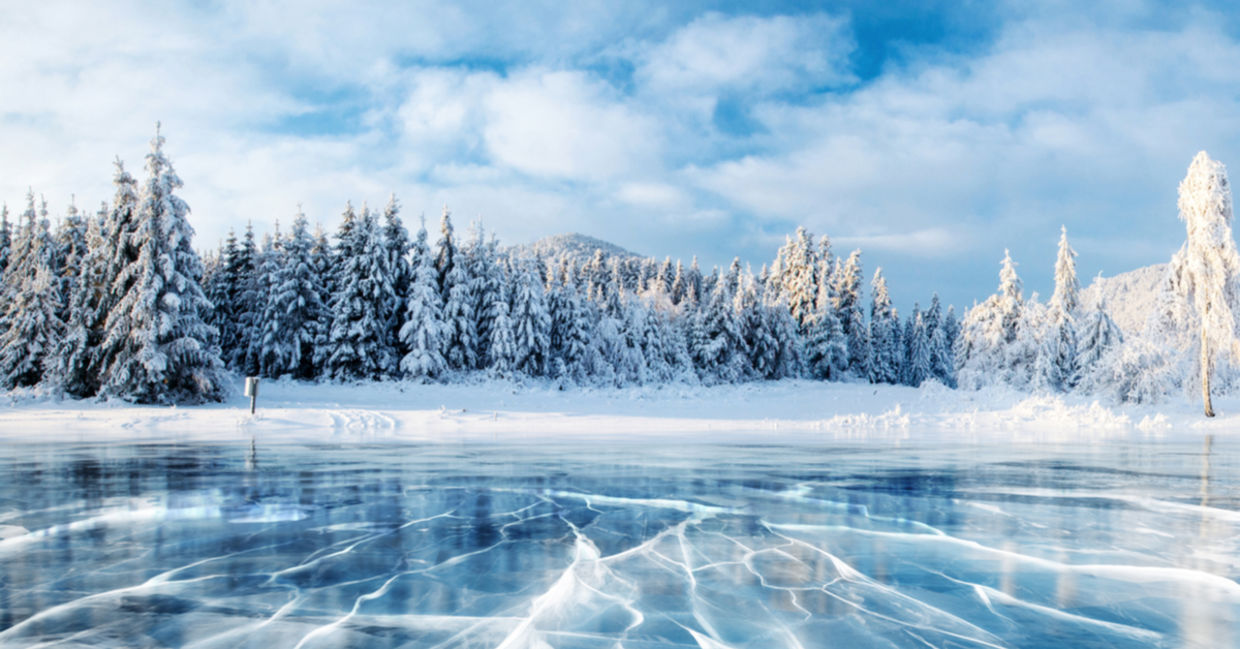
(Standret / Shutterstock.com)
Thundersnow
Is it snowing or it is raining? If you hear thunder, see lightning, and it is snowing or hailing, you are witnessing a thundersnowstorm. This occurs in areas around the Great Lakes and the American Midwest, although it has also been reported in high areas of Scotland, Israel, and even the Himalayas.
Thundersnow happens when the warm ground causes columns of hot air to rise and form clouds, according to Mental Floss. If wind is pushing these clouds up, plus the air is warmer between the ground and clouds yet cold enough for snow, a thunderstorm evolves. This YouTube video from The Weather Network explains how this happens in the environment.
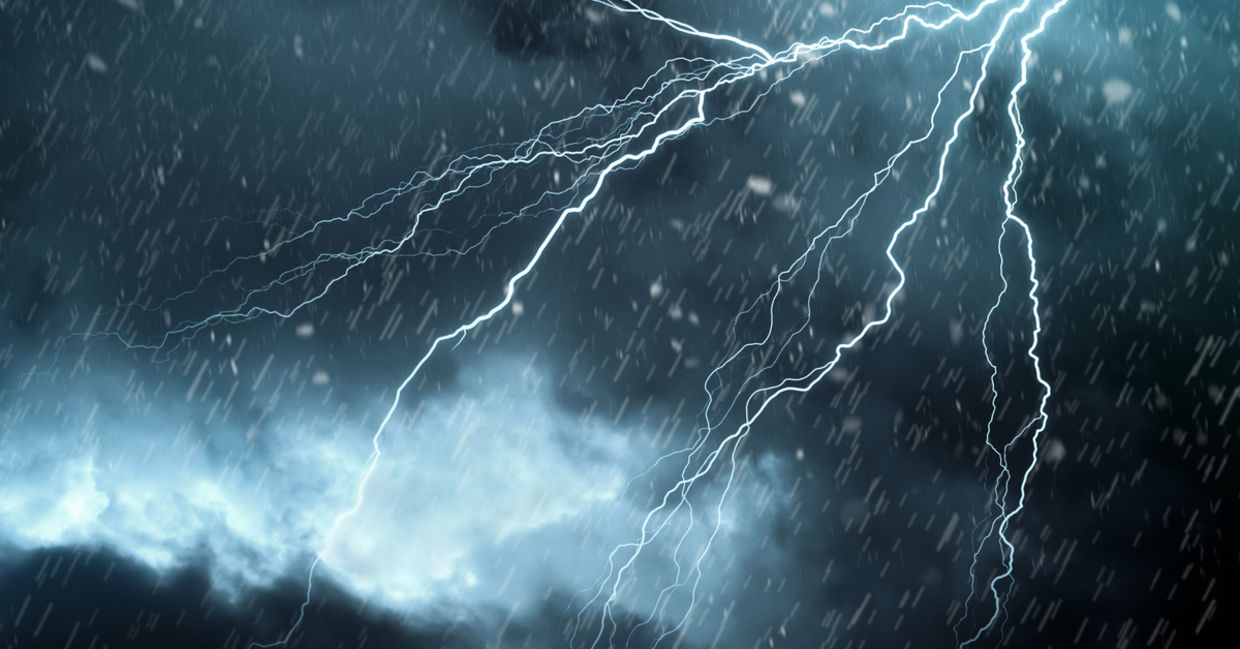
(trendobjects / Shutterstock.com)
Frost Flowers
Yes, there are flowers in winter. Although they are white and frozen, they are still a beautiful sight to behold in nature. Frost flowers “bloom” at the start of winter when plants first freeze. These unique ice formations are called ice castles, frost faces, crystallofolia, or ice castles.
This is a phenomenon that happens to long-stemmed plants at the time of first frost, according to the National Weather Service. When the soil is still warm and the air temperature first plunges to freezing, the water in these plant stems travels up, expands, freezes, and then bursts through the plant. The ice curls that form look like petals with each shape being unique.
Apricity
Here is a warming winter word. Have you ever gone outside and felt the soft warmth of the winter sun? This is apricity, according to Merriam-Webster. Even though apricity describes such a soothing feeling, this archaic word, dating way back to 1623, never caught on.
The next time you go outside on a cold winter’s day and feel kissed by the sun, call it apricity, and revive that wintry kind of felicity!
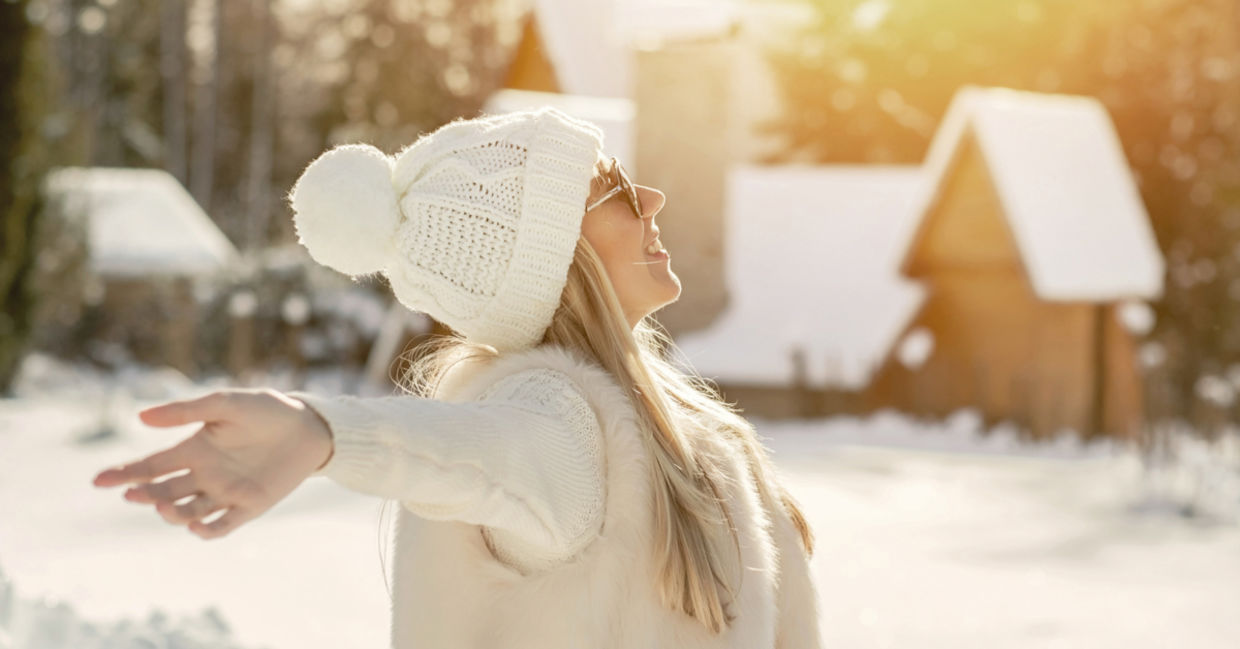
(Andrey Yurlov / Shutterstock.com)
Sitzmark
If you are a skier and you take a tumble, you most likely leave a sitzmark. This is the indentation your body weight makes in the snow.
When you take a tumble on the slopes and are brushing off the snow, study the special mark you made, and call it what it is, a sitzmark!
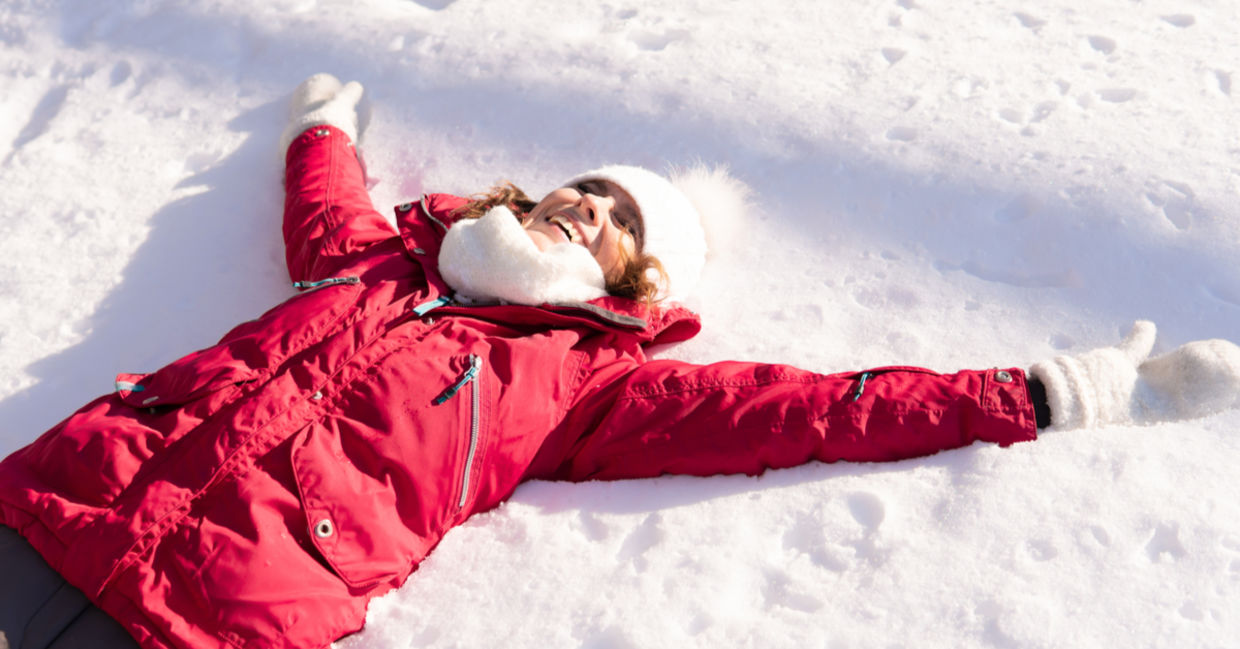
(Luca9257 / Shutterstock.com)
Gloriole
Everyone loves a rainbow. The wintry version of this is an icebow, or a gloriole, according to Mental Floss. Also called a halo, it is a circle formed around the sun on a sunny day, or around a hiemal full moon.
Glorioles are actually ice crystals in the atmosphere that refract the light of the sun and the moon. They may be seen year-round but are a more common sight on a crisp and sunny winter’s day.

(Mikko Lemola / Shutterstock.com)
Subnivean
When you go out to brush the snow off your car and it has disappeared under the white stuff, it is subnivean, according to Merriam-Webster. This literally means “under the snow.” Digging your vehicle out from under heavy snow is not a fun task, but at least you now know how to describe it!
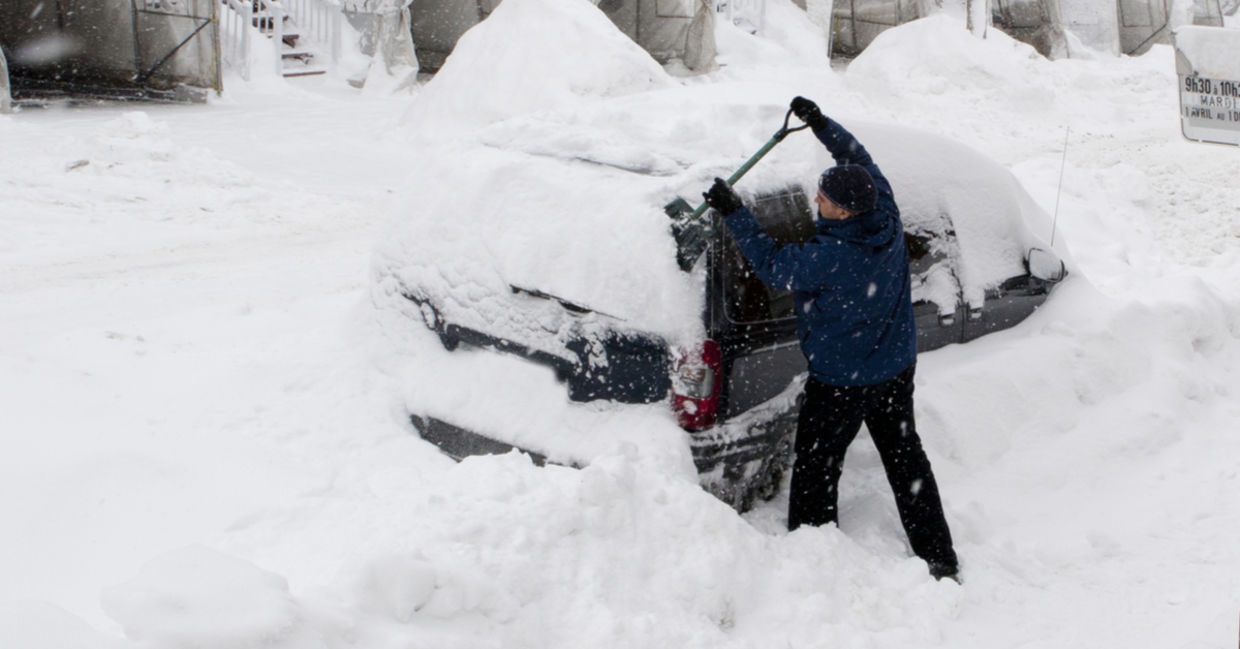
(kurhan / Shutterstock.com)
Brumation
Do you ever feel the winter blues and find yourself hiding under a pile of warm blankets, unable to move? You must be in a state of brumation, a popular winter condition. Brumation is that condition of inactivity experienced in hibernation by snakes and lizards.
On those wintry days when you cannot get off the couch, stay warm under your blanket and simply call it a difficult case of brumation.

(Julia Zavalishina / Shutterstock.com)
Psychrophile
Perhaps the opposite of brumation, psychrophile is a word describing organisms that thrive in low temperatures. Although this usually refers to bacteria, the word can be adapted to describe those who walk around in shorts in the winter.
So if you love wearing that heavy blanket all winter long, you are a thermophile, while those “organisms” who keep turning down the thermostat are psychrophiles.

(Mariia Boiko / Shutterstock.com)







